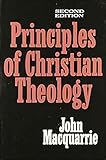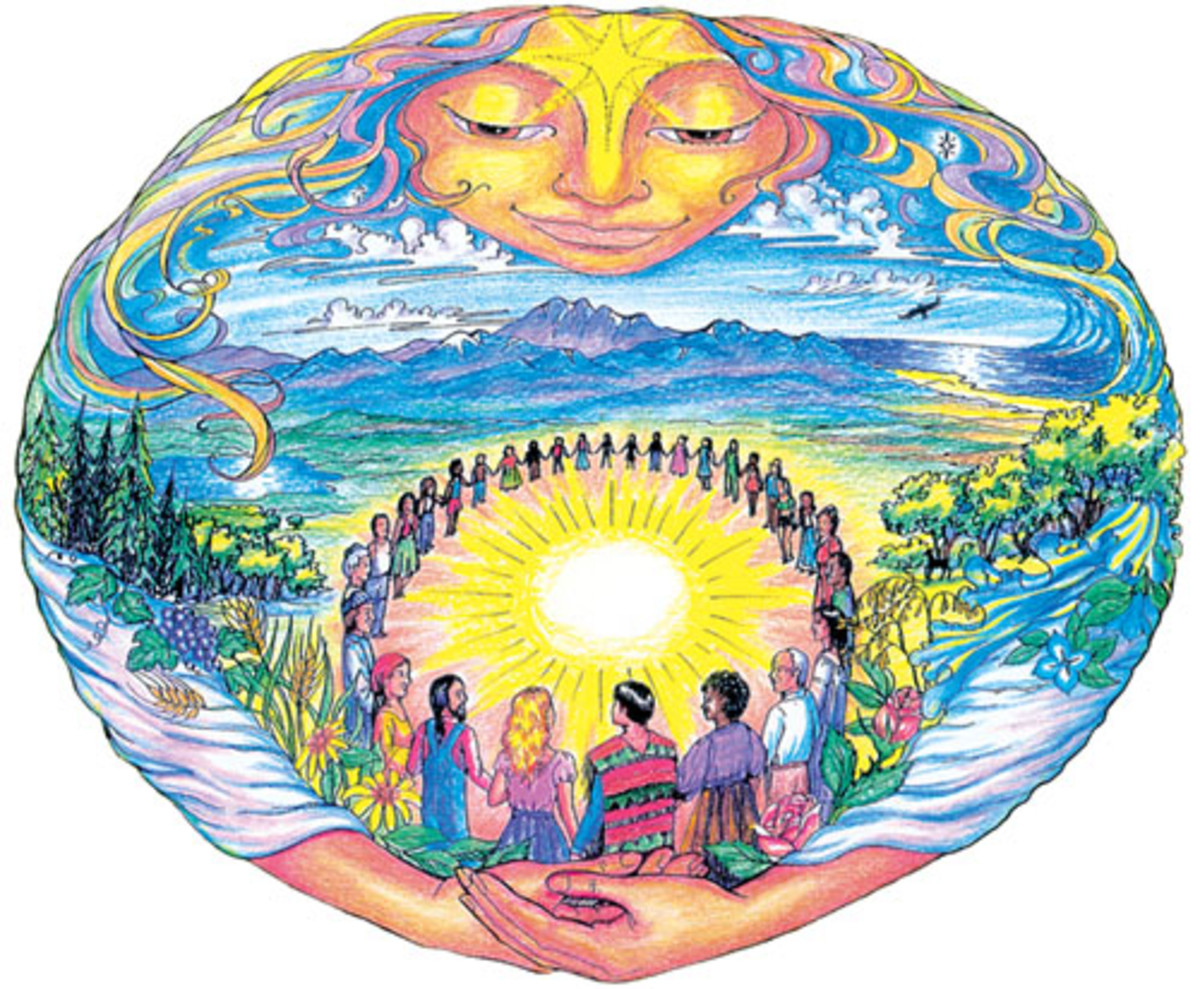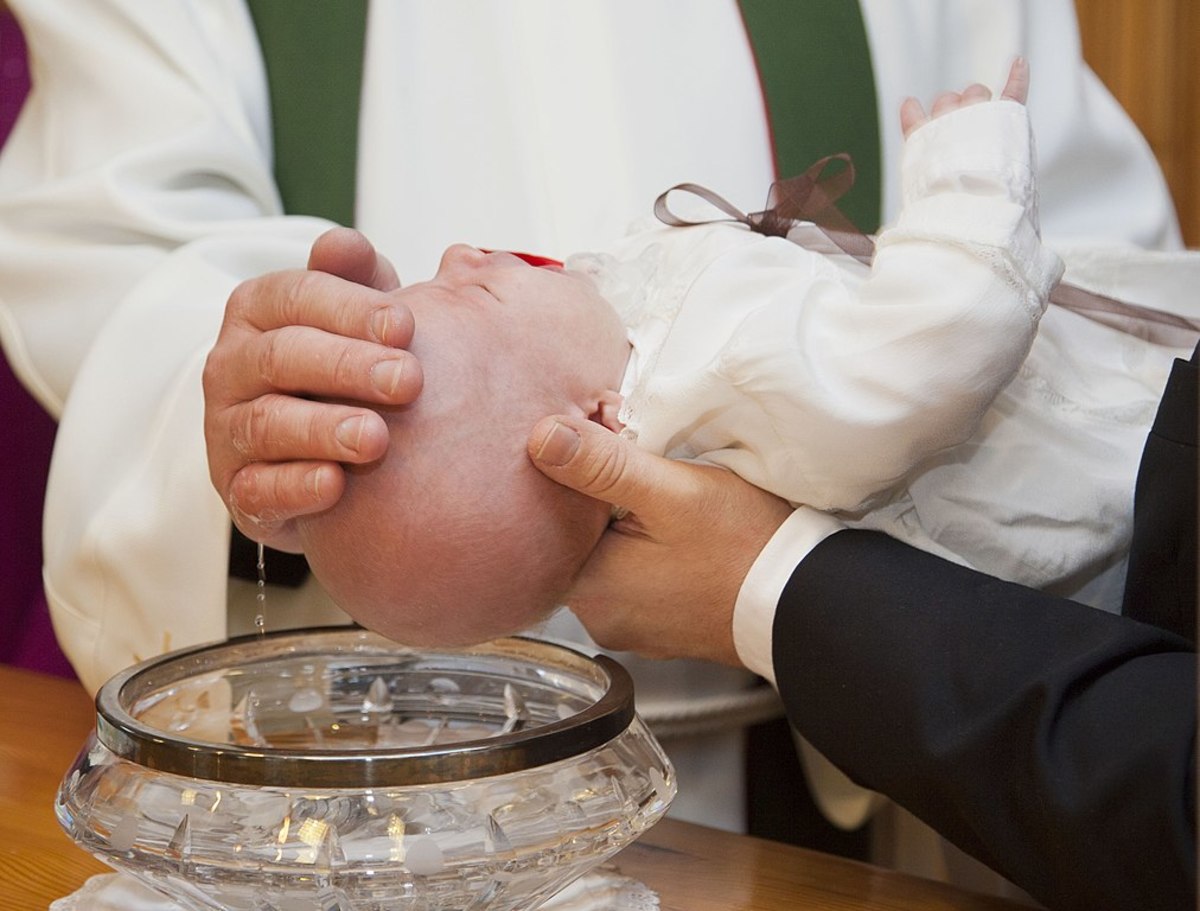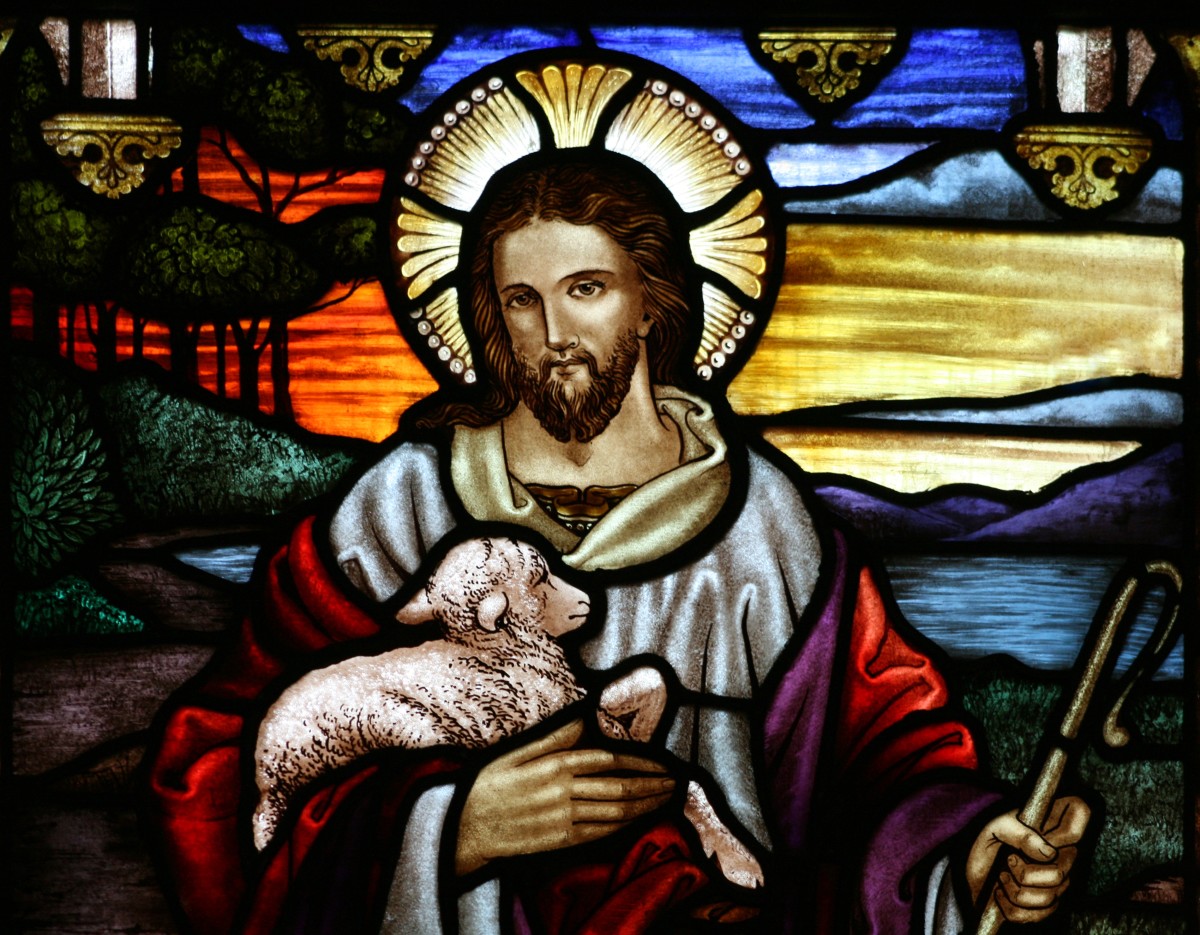Religion & Religions - Tolerance Towards Salvation
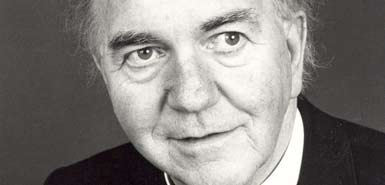
Religion & Religions
Back in the early 1990’s I completed my undergraduate degree in theology and I was reminded of some of the theories today after viewing the excellent foreign film ‘Shaolin’ featuring Jackie Chan.
The movie is set at the turn of the 20th century during the warlord period in Chinese history. The story centres on the Shaolin Buddhist temple and the attempt by various warlords and foreigners who want to steal their treasure. It is also about community and worship of Buddha through martial arts. Being a Chinese film there is revenge and forgiveness as a reoccurring theme.
What got me thinking again about Theology was the worship of Buddha and how 1 billion people in China have been condemned to Hell by fundamentist and other protestant preachers because they do not worship Jesus Christ as their personal saviour. According to recent data the breakdown in world religions today is:
· Christianity 33%
· Islam 21%
· Non-religious 16%
· Hinduism 14%
· Primal indigenous (African) 6%
· Chinese traditional 6%
· Buddhism 6%
· Sikhism 0.36%
· Judaism 0.22%
With just 33% of the world Christian and with most of these believers Catholic (which some protestant groups say are going to hell as well!) Christian’s can’t have the only mortgage on the afterlife. So the Jackie Chan got me thinking about a theory that I discovered during my Theology degree by John Macquarrie entitled ‘Principles of Christian Theology’. So I’ve been out to the shed and recovered the copy of this book to share the concept of how all religion and religions lead to God and ultimately salvation.
According to Macquarrie there are 5 elements of religion:
1. There is an impinging of God or the holy Being upon man’s existence with the initiative from God’s side
2. It’s is also about man’s response to God and the activity that man does through their faith
3. There is a concrete expression whether this be ritual, mythology or systemic theology
4. Combined with faith there is an expression in action
5. This then develops into a community of faith with communal interactions with others of a similar mindset
Religion is therefore a whole complex of structures that grows up around the giving and receiving of revelation.
What occurs is that when one group or belief system gains ‘market share’ that they produces their own version of religion and set themselves as the only holder of the truth thereby setting themselves above all other religions as we are seeing with the rise of fundamentalism (whether this be Christian, Muslim or other) today. Macquarrie argues that this can be resolved by viewing all religions as leading to the ultimate truth and that people who worship at each stage can also attain salvation in the afterlife as they are still worshiping the ultimate being, just in the style of their communal belief system. The model from a Christian perspective is:
Stream 1 Fetishism to Cosmic Order
Attributes include immanence, timeless, quietist, impersonal, mystical
Limiting case: Fetishism
Immanence series
Type 4 – Animism eg Primative Religions
Type 3 – Polytheism eg Rig Veda, Egypt, Greece
Type 2 – Pantheism eg Hinduism
Type 1 – Cosmic Order eg Buddhism
Existential-Ontological Theism eg Christianity
Stream 2 Atheism to Monotheism
Attributes include transcendence, eschatological, activist, personal, rational
Limiting case: Atheism
Transcendence series
Type 4 – Deism eg Confucianism
Type 3 – Dualism eg Zoroastrianism, Gnosticism
Type 2 – Sovereignty eg Islam
Type 1 – Monotheism eg Judaism
Existential-Ontological Theism eg Christianity
In this perspective, regardless of the stream, all religions and belief systems lead ultimately to God in whatever form it may take. This makes me more comfortable after watching this movie and seeing the death and carnage generated upon the people of the Warlord period in China and that there is maybe hope for these Buddhist who did not know or believe in the Christian version of salvation and redemption.
Macquarrie finishes this section of the theory with this insightful paragraph:
“We therefore see the ideal relation between religions as one of tension or balance between commitment and openness; commitment to the particular tradition in which holy Being has addressed us, an existential commitment that cannot be replaced by some mixing of traditions or some vague ‘religion in general’; and at the same time, an open and positive attitude to other faiths, believing that in this area where distortion takes place so readily, each faith can both contribute to and learn from the others.”
This theory resonated with my back in 1991 and remains a core of my belief system today. How does this fit with your belief system? Cheers Michael.

